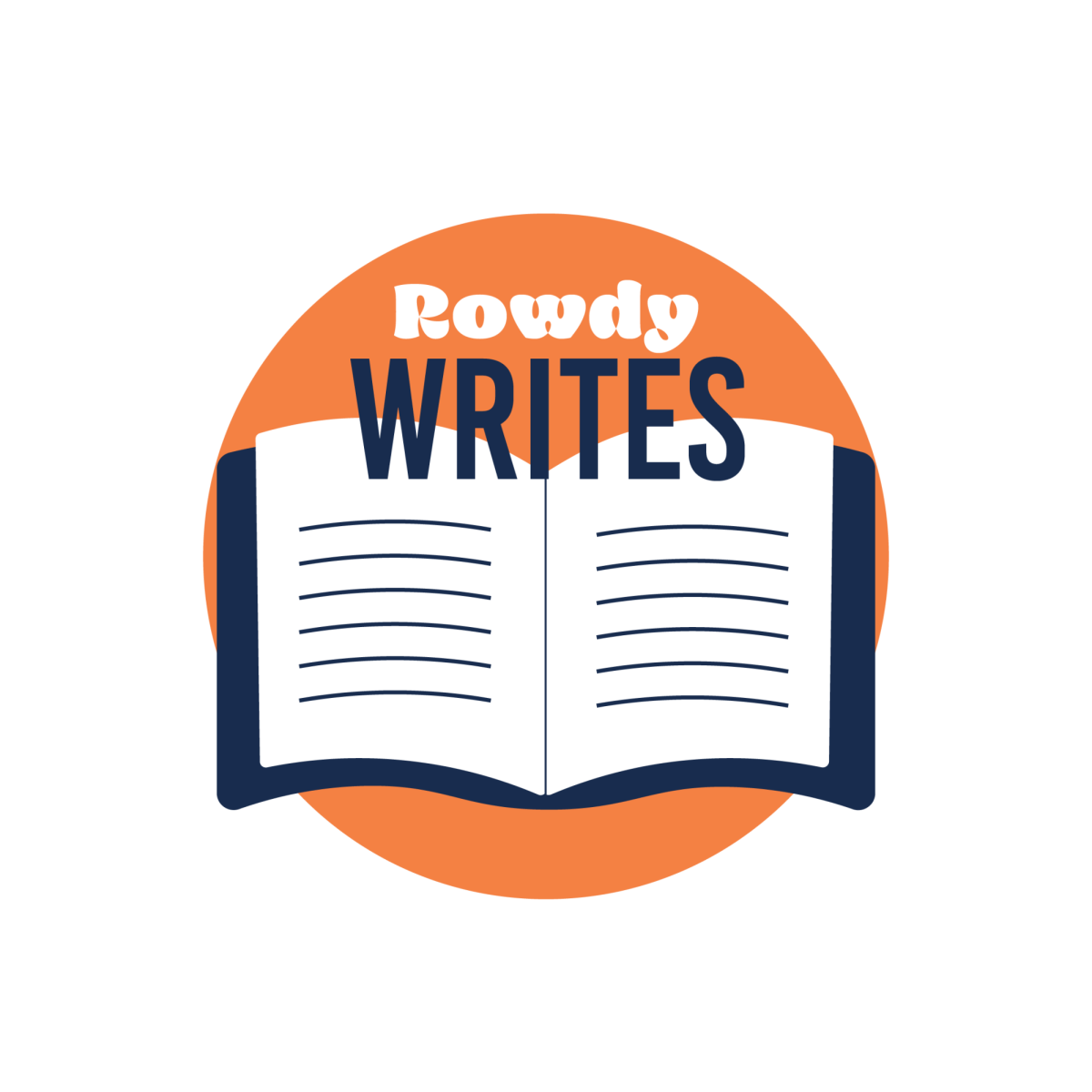March marks the start of Women’s History Month, a celebration of the figures who helped challenge—and those who continue to challenge—sexist institutions throughout history. Each of the following works exemplifies female accomplishment in the arts.
Books
“The Pumpkin Eater” by Penelope Mortimer
Best known for the 1964 film adaptation, Mortimer’s semi-autobiographical novel is dryly funny, moving, and utterly unique. Its depiction of a woman alienated from her own home has inspired countless other feminist writers since.
“Selected Poems” by Gwendolyn Brooks
While she was the first African-American author to win the Pulitzer Prize, Brooks is under-read outside of academic circles today. “‘Dream’ makes a giddy sound, not strong,” she writes in the powerfully subdued portrait of poverty “kitchenette building.” “Like ‘rent,’ ‘feeding a wife’ and ‘satisfying a man.’”
“Dark Spring” by Unica Zürn
Zürn is most remembered for her surrealist artwork and the more famous male artists she bumped elbows with, but her autobiographical novel offers a more visceral experience than most of what can be found in a gallery. Drawing from experience, Zürn forces her readers to confront the violence directed at the female body.
The Hour of the Star by Clarice Lispector
In recent years, Lispector has enjoyed something of a renaissance among certain literary circles, but for anyone unfamiliar with her work this slim novella is a quick place to start. Lispector investigates female identity and male perception with her characteristic insight.
Movies
The Smiling Madame Beudet (1922)
Sometimes credited as the first feminist film, Germaine Dulac’s portrait of a woman trapped in a miserable marriage with a manipulative husband offers critiques of sexist phenomena that in some cases didn’t even have a name yet, like gaslighting. Dulac’s highly stylized approach was one of the first examples of film impressionism and traces of its influence can still be found in today’s cinema.
Mustang (2015)
Snubbed at the Oscars in favor of the less deserving “Son of Saul,” Deniz Gamze Ergüven’s debut explores the struggles of a group of sisters denied humanity by the culture they live in. Ergüven’s film is both social critique and a celebration of it’s characters, whose rich personalities shine in the face of repressive conditions.
Meshes of the Afternoon (1943)
Perhaps the most remarkable aspect of Maya Deren’s surrealist masterpiece is how much it is able to do with so little. The rhythm of images more closely resembles music than traditional film and Deren’s distortion of time and space remains unparalleled. Feminist interpretations of the enigmatic “Meshes of the Afternoon” read a gendered anxiety in its striking imagery.
Semiotics of the Kitchen (1975)
Martha Rosler’s experimental short film was born out of frustration with a language which reified female oppression. Her goal with “Semiotics of the Kitchen” was to “(replace) the domesticated ‘meaning’ of tools with a lexicon of rage and frustration.”
Albums
Mitski’s “Bury Me at Makeout Creek” (2014)
Mitski confronts identity, self-deprecating romance and isolation on “Bury Me At Makeout Creek.” A static hum can be discerned throughout the entirety of the album, alongside distorted guitar chords and occasional drumming as the artist weaves in and out of her fractured, yet accessible human experience. “Drunk Walk Home” is perhaps one of Mistki’s most blatant references to her own haunted reality, in which she concedes to the external pressures of adulthood and patriarchy, “I’m starting to learn I may never be free” and later screams unnervingly until the song’s cut. Mitski faces challenges regarding her desire to love as well, and openly pleads to an unmentioned lover during “I Don’t Smoke,” “if your hands need to break more than trinkets in your room, you can lean on my arm as you break my heart.” “Bury Me At Makeout Creek” conveys a disturbing truth in any young woman’s attempts to determine her own value and self.
Janelle Monae’s “The Electric Lady” (2013)
Janelle Monáe’s second studio album “The Electric Lady” is studded with the talents of Solange, Miguel, Erykah Badu and Prince – but the artist’s own creativity is not in any sense muddled by the likes of her features. The album serves a continuation of Monáe’s dystopian Metropolis concept introduced during her first release “The ArchAndroid,” and fuses R&B with ukulele ragtime, radio voiceovers and even symphonic elements as Monáe describes of her futuristic space travels and Earthly unrest. During “Electric Lady,” the artist’s imaginative lyrics cascade along soulful, funky beats and the complements of a brass section, while “Primetime” relays intimate, absorbed romance in an amorously guitar laden ballad. Monáe addresses feminism too in one particularly memorable verse from “Givin Em What They Love,” she choruses, “I ain’t never been afraid to die, look a man in the eye.” The Electric Lady abides by no rules and feels like an alien celebration of life and womanhood.






